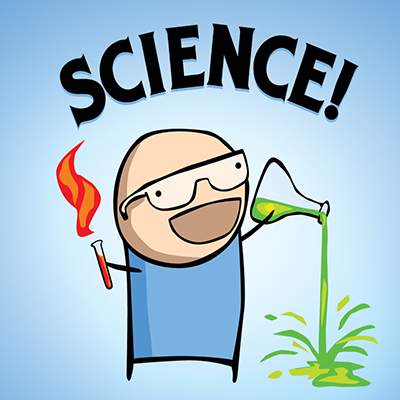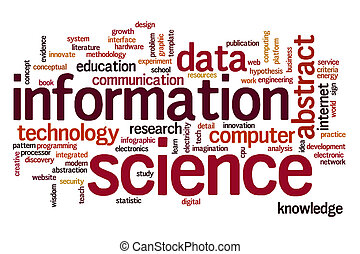It's that time again! Hot dogs cooking, fireworks popping, baseballs cracking. All these add up to one thing:
 |
| Source unknown |
Now, I don't know what feelings you might have about science. Maybe you were never any good at it, maybe you think it's too complicated, maybe you love digging into research and scientific concepts. Maybe you just love going online to watch things explode or learn cool things.
Put all of those away right now.
In case you haven't noticed from previous posts, I love Science. I love exploring, learning new things, and asking questions. It's only natural that I share this with my students as well.
"But wait," you're saying. "Don't you work with toddlers?" Why yes, I do!
When I first started teaching my toddler class, I was skeptical about how it would work. Here I am, coming from 4 years in a preschool classroom, suddenly teaching children who can barely walk. And forget talking. How was I going to introduce them to the wonderful world out there if I can't ask them questions?
As it turns out, fairly easily. We know that babies are already hardwired to learn everything they can around them. Neurons fire and create connections in the brain that tell children what kind of world they can expect. This is most noticeable in studies on stress, such as this one about the lifelong effects of stress. It's why we know that what we do is so important and why standards exist for early childhood (in NC, anyway).
 How does this tie into Science? At its core, science is about exploring, questioning, and creating. Remember the Scientific Method from elementary school? Ask a question, form a
How does this tie into Science? At its core, science is about exploring, questioning, and creating. Remember the Scientific Method from elementary school? Ask a question, form a hypothesis, test your hypothesis, then start all over again.
This is what children do every day. When they rebuild a block tower after it falls down, they're testing a hypothesis, even if they can't articulate it yet. "Why did it fall? What happens if I put this block here?"
One of the ways we can support children's scientific learning is to provide running commentary on what they're doing and ask questions for them.
But you know all this already. What I want to focus on is how we can expand this knowledge into meaningful and engaging scientific activities for toddlers. And maybe stop them from biting each other for a few more minutes.
In that light, here are some things I've done with my toddlers. Feel free to steal these.
Space
When we talked about weather, I found some pictures taken from weather satellites. We looked at photos of the sun, photos of stars, photos of hurricanes and clouds, and photos of storms. Several of the students regularly went to the wall and pointed to them, giving my co-teacher and I an opportunity to talk about them and expand learning. They also stayed on the wall, which I'm learning is an indicator of interest. Of course, we connected lots of art to it, too.Goop
Quick, what's the one thing you hate about playdough? Other than the fact that toddlers eat it. Ok, and it gets all over the carpet. And it stains clothes. There's lots to hate about playdough, but mainly, it dries out. You spend all this money only to have it crumble after a few uses.
That's why we always make our own playdough with flour and water. It doesn't last longer than a day, but then it doesn't have to. Plus, it's so much fun for the kids to mix up flour and water. Of course, it creates a huge mess, but if we're not getting messy, we're not learning. Plus, with liquid watercolors, it's completely washable. And if the children eat it, it's ok. It's flour and water. And possibly some spices.
Here's my recipe:
Flour
Water
Liquid watercolor or washable tempera mixed with water
Scent: cinnamon, vanilla, pumpkin pie spice, orange extract, etc.
Add in various quantities until it looks like playdough. (For best results, add water a little at a time, then add the dye and scent)
Some other toys we like are sensory bottles. I love them so much, I presented a poster about them. Sensory bottles are easy and engaging. The most recent one I made was an "accidental" glitter bottle. I wanted to make a red, white, and blue glitter bottle, but I ended up not having enough glitter glue. And then the bottle itself had soap in it. What we got was this:
A bottle that looks perfectly innocent until you shake it up, and then:
Glitter! Bubbles! Magic! Children explore scientific concepts by shaking it up and seeing what happens. Here's a handout that tells you some skills and gives you some more ideas.
Physics and Senses
We've also dissected flowers, looked at pictures of animals in their habitats, and created a sensory wall with velcro and felt.Here's a picture of a marble run we built from a trifold board, plastic bottles, and cardboard tubes: (we used a cotton ball and magnet for the marbles)
Here we are exploring textures with dyed salt and glue:
 |
| Yes, it went everywhere. Yes, the salt fell off after it dried. Yes, we had tons of fun. |
 |
| Fun fact: this is how I found out that one of our students absolutely loves collage! That's his on the far left. |
And through it all, you integrate concrete math words. How much more flour do we need to add to our playdough: one scoop or two? Did this block fall because it's bigger? Let's count how many tubes we have. Let's see how high we can count before the glitter settles. Remember: with young children, always move from concrete to abstract.
I had a director once tell me that we're not just teaching, we're creating experiences for our students. When you're selecting a science experiment or activity, don't be afraid to try something new. But most importantly, find an experiment and topic that you personally like. Because when you're excited about it, your students will be, too. And hopefully, you'll all learn a little more about science.
Happy Teaching!
Amy Latta















0 comments:
Post a Comment